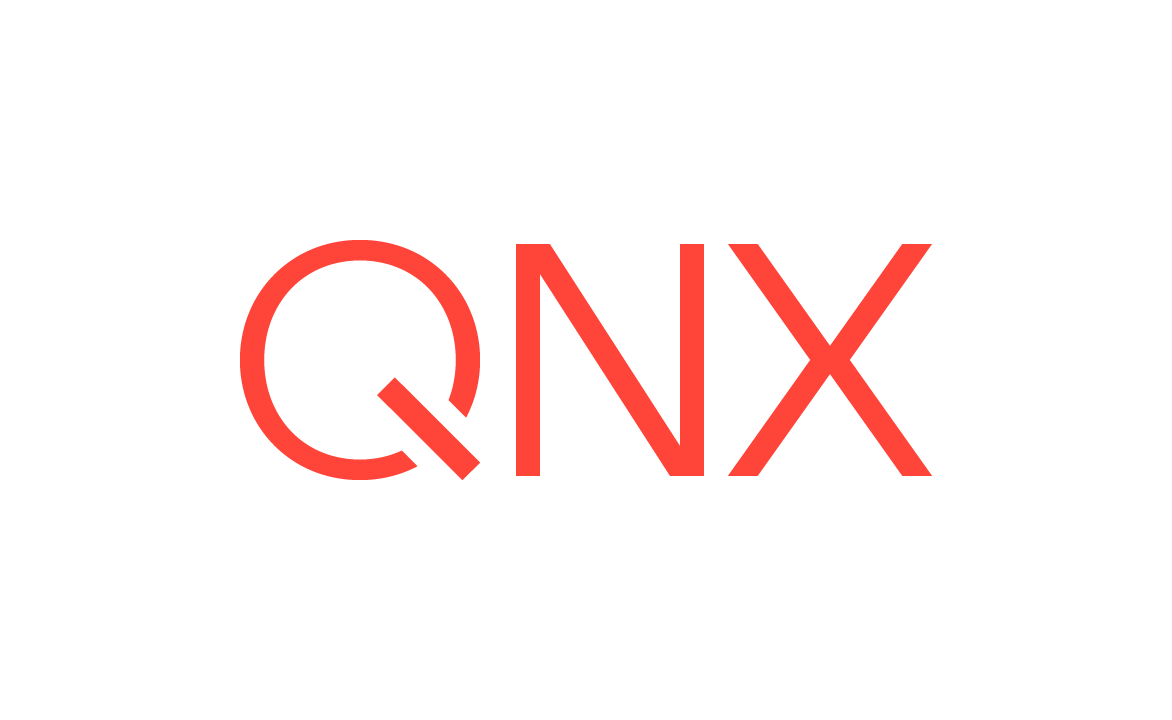Filesystem classes
QNX SDP8.0System ArchitectureDeveloperUser
The many available filesystems can be categorized as follows:
- Image
- A special filesystem that presents the modules in the
image and is always present. Note that the
procnto process automatically provides an image
filesystem and a RAM filesystem.
For more information, see
Image filesystem
andRAM “filesystem”
. - Block
- Traditional filesystems that operate on block devices like hard disks and DVD drives. This includes the Power-Safe filesystem, DOS, and Universal Disk Format filesystems.
- Flash
- Nonblock-oriented filesystems designed explicitly for the characteristics of flash memory devices. For NOR devices, use the FFS3 filesystem. For NAND devices, contact QNX Technical Support to obtain the ETFS filesystem.
- Network
- Filesystems that provide network file access to the filesystems on remote host computers (e.g., NFS filesystems).
- Virtual
- Filesystems in which the files or directories aren't necessarily tied directly
to the underlying media, perhaps being manufactured on-demand.
This includes the /proc filesystem; see
Controlling processes via the /proc filesystem
in the Processes chapter of the QNX OS Programmer's Guide.
Page updated:
